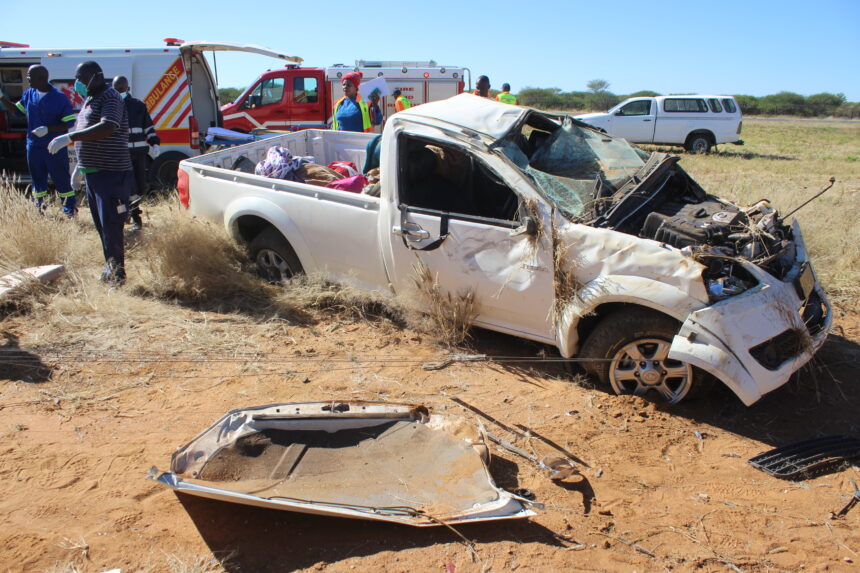The MVA Fund has expressed deep concern about a marked increase in pedestrian-related crashes, injuries and fatalities across the country between January and June this year.
Crash data compiled to date reveal that pedestrian-related crashes increased from 435 to 501 (up 15%), injuries from 406 to 464 (up 14%), and fatalities by a staggering 45% from 60 to 87 compared to the same period in 2024. Among the 87 lives lost this year were toddlers, school children, elderly citizens and working adults simply trying to cross a road, return home or start their day.
One such tragedy involved nine-year-old Martina (not her real name), an energetic grade three learner from the Zambezi region.
Her life was abruptly cut short after she was struck and killed while crossing the road.
Her story, sadly, mirrors those of many children who are innocent, vulnerable and failed by a society of irresponsible road users.
Children aged 0 to 14 accounted for 109 (23%) of all pedestrian injuries, with 16 (18%) fatalities, highlighting their heightened risk on Namibian roads.
The Khomas region remains the epicentre of pedestrian harm, accounting for nearly half of all crashes 226 (45%), injuries 226 (49%) and 16 (18%) of all fatalities for the year-to-date.
Meanwhile, the Kunene region reported the lowest figures, with four crashes and two fatalities recorded.
Time-of-day data paints a disturbing picture.
More than half of all fatalities (51%) occurred during evening hours (18h00-23h59), often in dimly lit areas or during peak traffic hours when pedestrian visibility is compromised.
Late night and early morning hours (02h00-03h59) also saw more than double the crashes and injuries compared to the same time frame last year.
Elderly citizens are similarly vulnerable. Individuals aged 50 to 65 accounted for 55 (12%) of pedestrian injuries and 13 fatalities. “We cannot normalise these numbers. We are seeing entire communities living with the pain of preventable loss. Every driver, policymaker, city planner and citizen has a role to play in turning this tide,” MVA Fund CEO Rosalia Martins-Hausiku said, calling for immediate collective action.
In its quest to curb crashes, injuries and fatalities, the MVA Fund is accelerating road safety education campaigns, targeting schools, taxi ranks and community centres, especially in high-risk areas like Khomas, Oshikoto and Zambezi.
MVA urges all road users, especially drivers, to slow down, stay alert and give pedestrians the right way. Parents are also encouraged to educate children about road safety and accompany them where possible. “Each life saved is a family spared,” added Martins-Hausiku.
“Let›s be the difference between Life and death,” she added.


